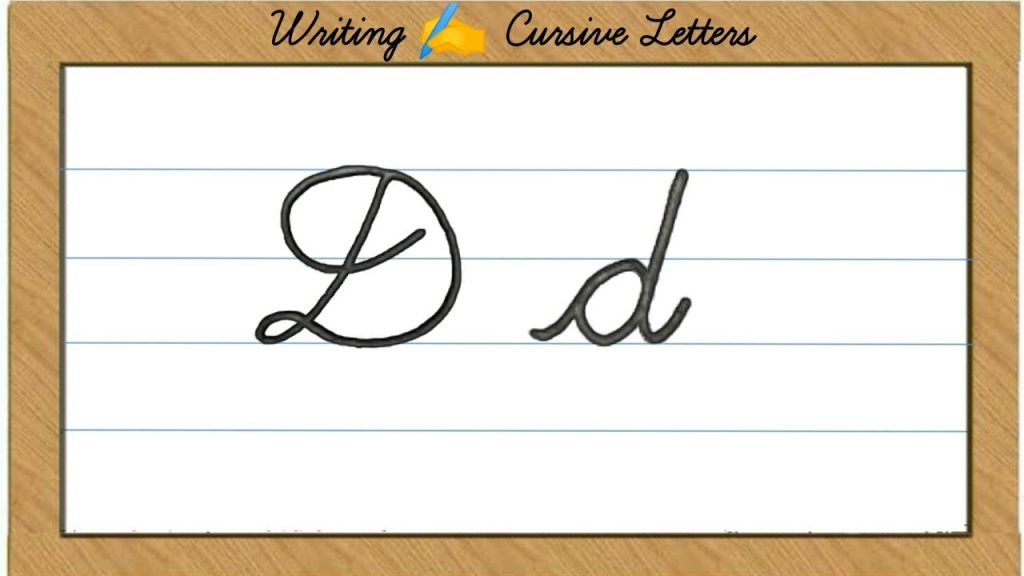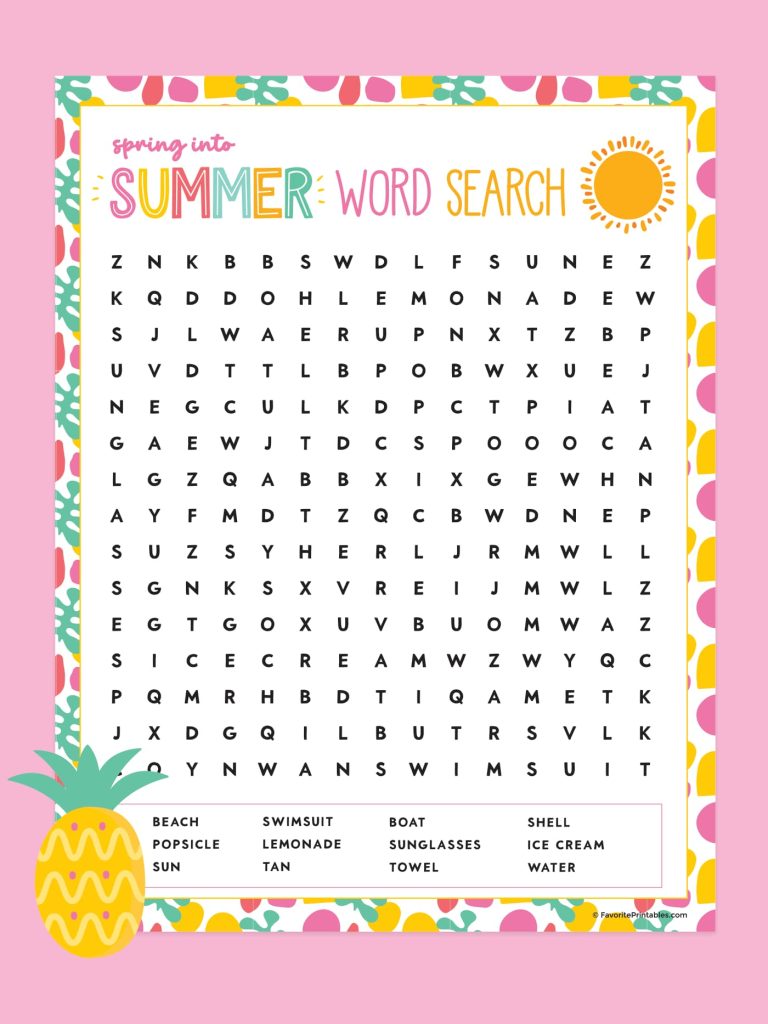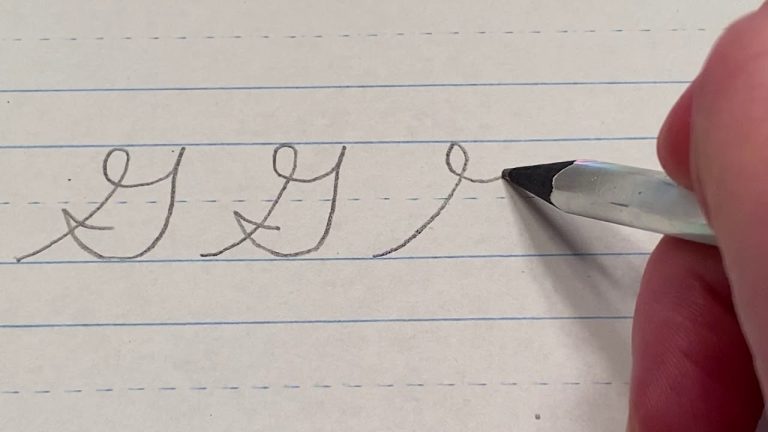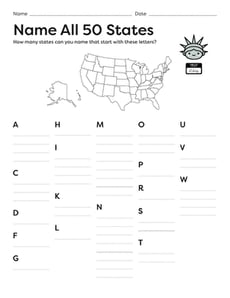Cursive D Writing & Worksheets for All Grades
Many children feel hard when they start learning cursive writing. But do not worry. With the right worksheets and practice, writing cursive D becomes very easy.

Why Learn Cursive D?
Cursive writing is not only about good handwriting. It helps in memory, speed, and neat writing. The letter D is special because both its capital form and small form look different from the printed D. Children sometimes ask, “Why does cursive D look so different?” That curiosity is the start of learning.
Also learn Cursive J Signature
Capital Cursive D
The capital cursive D begins with a large curve that goes up and comes down in a smooth motion. Some students feel it looks like a loop mixed with a curve. At first it may feel strange. But once they practice tracing, the strokes become natural. Do you know the trick? Start slow, trace carefully, and then write freely.
Lowercase Cursive d
The small cursive d is easier than the capital one. It starts like the cursive a but goes tall before it comes down. Many children mix it with cursive l or cursive f. Worksheets with dotted lines help in avoiding this mistake.
Using Worksheets for Practice
Worksheets are the best friend of students when they learn cursive D. Tracing sheets guide their hand. Lined worksheets keep the letter in proper size. Word worksheets add fun by practicing words like dog, door, dance, and doll. Do you see how practice slowly turns into real writing? That is the power of worksheets.
Worksheets for Different Grades
For small kids in kindergarten, big tracing letters are best. In grade 1, children can start joining cursive D with vowels like Da, De, Di. In grade 2 and 3, full sentences with cursive D bring more confidence. Teachers can also use mixed alphabet worksheets to test the skill.
Free and Printable Worksheets
The good news is many cursive D worksheets are free to print. Parents can download pdfs for home practice. Teachers can also use them in classrooms. Some worksheets focus only on capital D, some on lowercase d, and some mix both. Step by step, a student grows stronger in cursive writing.
Tips for Teachers and Parents
Always start with tracing. Teach the correct pencil grip. Do not rush the child. Celebrate small progress. Ask them to write their name if it has D, like David or Diana. Personal connection always improves interest.
Beyond Worksheets
Once children know cursive D, they can use it in journaling, creative writing, or even decorating greeting cards. Isn’t it amazing how one letter opens the door to beauty in handwriting?
Conclusion
Cursive D may look tough at the beginning, but with worksheets, practice and patience, it becomes easy. Every stroke builds confidence. Every traced line becomes a step toward beautiful writing. So, are you ready to pick up the pencil and start with your first cursive D today?






